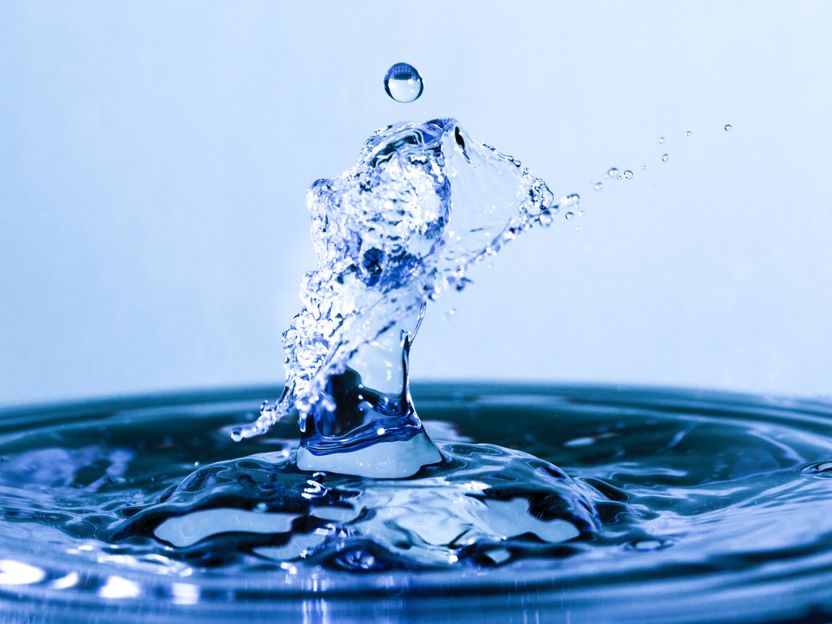Designing better water filters with AI
Study demonstrates AI’s usefulness toward developing water purification membranes with novel properties
Even the best water filters let some things through, but designing improved materials and then testing them is time consuming and difficult. Now, researchers in ACS Central Science report that artificial intelligence (AI) could speed up the development of promising materials. In a proof-of-concept study, they simulated different patterns of water-attracting and water-repelling groups lining a filter’s porous membrane and found optimal arrangements that should let water through easily and slow down some contaminants.

Symbolic image
Unsplash
Filter systems, ranging from faucet attachments to room-sized industrial systems, clean up water for drinking and other uses. However, current filtration membranes have a hard time if the water is extremely dirty or has small, neutral molecules, such as boric acid – a common insecticide used on crop plants. This is because synthetic porous materials are generally limited to sorting compounds by either size or charge. But biological membranes have pores made of proteins, such as aquaporin, that can separate water from other molecules by both size and charge because of the different types of functional groups, or collections of atoms, lining the channels. Inspired to do the same with a synthetic porous material, M. Scott Shell and colleagues wanted to use computers to design the inside of a carbon nanotube pore to filter boric acid-containing water.
The researchers simulated a carbon nanotube channel with hydroxyl (water-attracting) and/or methyl (water-repelling) groups tethered to each atom on the inner wall. Then they designed and tested thousands of functional group patterns with optimization algorithms and machine learning, a type of AI, to assess how quickly water and boric acid would move through the pore. Here’s what they found:
- The optimal patterns had one or two rows of hydroxyl groups sandwiched between methyl groups, forming rings around the midsection of the pore.
- In these simulations, water went through the pore nearly twice as fast as boric acid.
- Another series of simulations showed that other neutral solutes, including phenol, benzene and isopropanol, could also become separated from water with the optimized carbon nanotube designs.
This study demonstrates AI’s usefulness toward developing water purification membranes with novel properties, the researchers say, and could form the basis of a new type of filter system. They add that the approach could be adapted to design surfaces that could have unique interactions with water or other molecules, such as coatings that resist fouling.
Original publication
Other news from the department science
Most read news
More news from our other portals
See the theme worlds for related content
Artificial intelligence (AI) for food and beverages
Artificial intelligence (AI) is optimizing the food and beverage industry through automated quality control and more accurate demand forecasting. AI plays a particularly important role in product development by analyzing taste preferences and market trends. This allows new products to be developed that are better tailored to consumer needs, increasing efficiency and customer satisfaction.

Artificial intelligence (AI) for food and beverages
Artificial intelligence (AI) is optimizing the food and beverage industry through automated quality control and more accurate demand forecasting. AI plays a particularly important role in product development by analyzing taste preferences and market trends. This allows new products to be developed that are better tailored to consumer needs, increasing efficiency and customer satisfaction.


























































